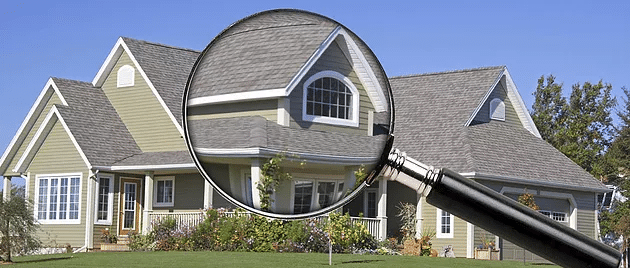Although what is in a home inspection (see our other blog), is the same for each type of home inspection, with the exception of Phased Inspections, there are various types of home inspections that can be performed.
Buyer Inspection
These are the most common home inspection of a pre-owned home. This inspection is performed after an offer has been made and accepted during the option period. Most option periods are 10 days, but they can vary. The purpose of this inspection is to educate the buyer about the overall condition of the home prior to closing. The buyer will work with his realtor to negotiate the cost of repairing any defects found with the seller.
Listing Inspection
The listing inspection is performed by the seller prior to placing the home on the market. The seller is aware that there are issues with the house. Some of these issues may be unknown or forgotten. The listing inspection will provide educate the seller about issues with the home and provide an opportunity to remedy these prior to listing the house.
Advantages of a Listing Inspection
- Major or high cost items can be repaired and removed as an objection when potential buyers are viewing the house.
- Low cost items can be repaired and make the house more presentable.
- The marketability of the house is improved.
- In some cases, the value of the home is improved.
New House Inspection
New House Inspections are becoming more popular. It is surprising the number of items caught when inspecting a new house. This inspection is performed after construction is completed and before meeting with the builder to develop a punch list. Builders are not going to point out what is wrong with the house. It is additional cost to them.
Warranty Inspection
Builders are required to provide a 2 year warranty on homes they build; however, they will often state they are providing a 1 year warranty. A Warranty Inspection is performed just prior to the builder’s warranty expiration date. This inspection identifies defects that the builder is required to correct while the house is still under warranty. A lot can happen in one year. Even the best builders are as good as the subcontractor they use.
Phased Inspections
This inspection is different from all other inspections. It differs because this inspection is more of a code inspection and is performed multiple times throughout the construction process.
Inspection points are:
- After the foundation has been poured to ensure the foundation was poured or constructed according to engineering specifications.
- After framing is completed, roof covering and electrical and plumbing rough-ins are installed.
- Final inspection after construction is completed.
See our blog on Phased Inspections for additional information



